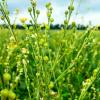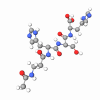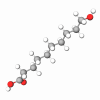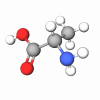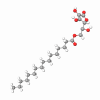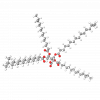The hazelnut or filbert is the fruit of the hazel tree (Common hazel) whose Latin name is Gevuina Avellana Mol. , closely resembling the botanical name of the European hazelnut (Corylus avellana) due to their physical similarity, despite coming from different botanical families.
The tree can only be found wild in the Southern regions of Chile from sea level up to 2300 feet altitude and has been harvested for hundreds of years by the Mapuche Indians.
Production
The nut is washed, dried, and husked, and the seeds are then sorted and crushed. The seed is dried again before a final crushing when the oil is extracted, and a thorough and final filtration eliminates any impurities and clarifies the end product.
Active ingredients and effects on skin
The nuts are used in the food industry in either seed or flour form, while other parts (the bark and leaves) are used in traditional medicine. Filbert oil closely resembles oil extracted from land mammals such as the mink and can therefore be an excellent and worthy substitute.Like many oils, filbert oil is like food for the skin, nourishing and replenishing lost moisture while adding softness. In addition, due to the presence of anywhere from 37 to 48 % oleic acid, filbert oil can slow down lipid peroxidation exhibiting a potent antioxidant effect.
This oil is used widely in the cosmetic industries of Japan, America, and France for its occlusive results and excellent penetration of the skin, and hydrating qualities.

